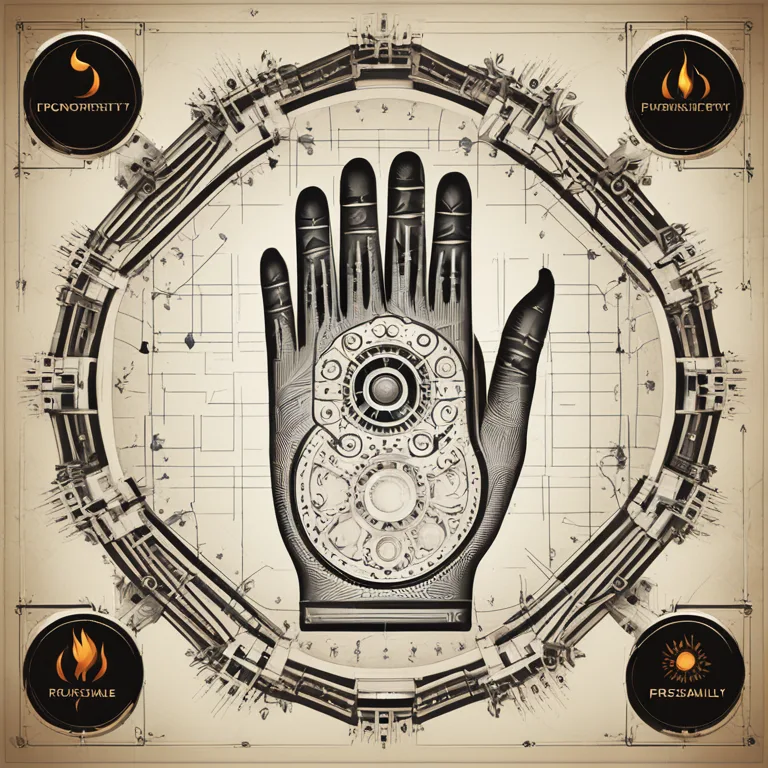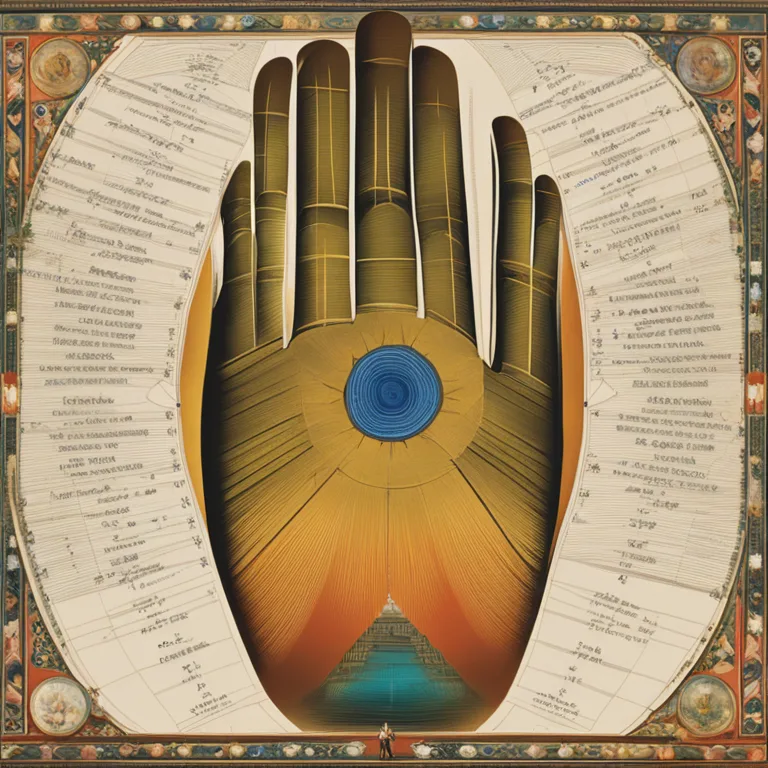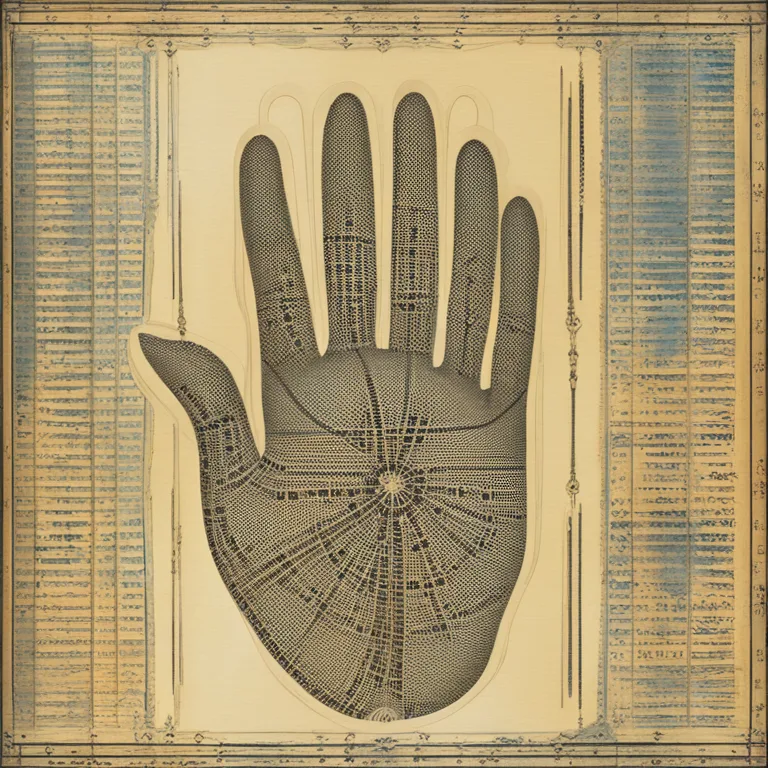
The Guide to Palmistry: Depths of Hand Analysis
Discover the fundamentals of palmistry and how the lines on your hand can offer insights into your life path, personality, and future.
article by Nora Pennington
The Essence of Palmistry
Palmistry, also known as chiromancy, is the ancient art of interpreting an individual's character and predicting their future through the study of the palm. This practice has been part of human culture for millennia, with evidence tracing back to ancient India, China, and Greece. Today's palmists integrate traditional techniques with contemporary psychological insights, making palmistry relevant even in the modern digital age. It involves scrutinizing not only the lines but also the shapes, sizes, and structures of the hands and fingers.

Interpreting Palm Lines
The central elements of palmistry revolve around the main lines on one's palm: the heart line, head line, life line, and fate line. Each line is believed to reveal different aspects of our life. The heart line, for example, is thought to shed light on emotional affairs and relationships. The head line provides insight into our intellectual tendencies and thought processes, while the life line reflects vitality and life changes. The less common fate line can suggest the degree to which our life is affected by external circumstances.

The Significance of Hand Types
In palmistry, the hands themselves are grouped into various types, each associated with certain personality traits. Earth hands, with their broad square palms and fingers, indicate practicality and reliability. Fire hands have shorter fingers and elongated palms, and they speak of impulsiveness and leadership qualities. Water hands, with long, flexible fingers and a wide palm, suggest creativity and emotional sensitivity. Finally, air hands, characterized by square or rectangular palms with long fingers, are associated with intellectualism and communication skills.

Mounts and Fingers in Palmistry
Beyond lines, palmists examine the mounts of the palm—the raised pads of flesh beneath each finger—to provide added information about a person's character. For instance, the mount beneath the index finger relates to ambition and leadership, while the mount under the ring finger pertains to creativity and self-expression. The fingers' lengths and their shapes can also hold meaning, such as long fingers showing attention to detail or a strong index finger signifying confidence.

Modern Palmistry and Skepticism
While palmistry is taken as a serious practice by some, it's regarded with skepticism by others who see it as a pseudoscience without empirical evidence to back its accuracy. Nonetheless, in recent years, there has been a resurgence of interest in palmistry as part of a broader movement towards spiritual and holistic wellness. Enthusiasts find value in the reflective process it offers and its power to invoke introspection on one's life journey and character.
The Ethical Practice of Palmistry
As with any practice involving personal insights, ethical considerations are paramount in palmistry. A professional palmist should aim to empower individuals with self-knowledge, rather than instilling fear or dependence. It's important for practitioners to approach palm readings with sensitivity and discretion, and for individuals to utilize the insights gained as one of many tools for self-discovery and personal growth.
Published: 1/3/2024
Modified: 1/3/2024
More predictions
Come back here soon to learn more about yourself and your future


Palmistry Clues to Predicting Parenthood
Delve into the palmistry lines associated with predicting childbirth and learn what your hands may reveal about future family life.


The Origins of Palmistry: An Ancient Practice
Delve into the fascinating beginnings of palmistry—the ancient art of hand reading for insights into character and destiny.


Palmistry Insights on Love: Counting Your Relationships
Discover what palmistry reveals about your romantic journey. This article shares insights on interpreting your palm lines for potential relationships.